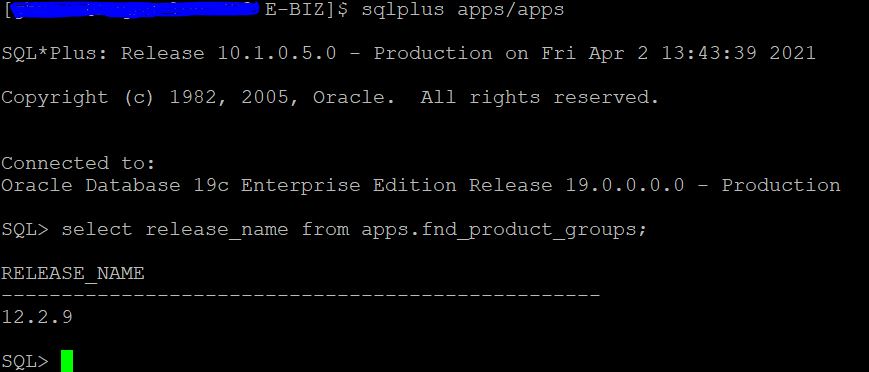


The installer asks you to provide your email address to get the latest security issues and updates. There will be 9 steps which mostly automatically execute. Now you need to double-click the setup.exe file to start the installation process. The following picture shows the structure of the folder of the Oracle installation files after extraction. To install Oracle database on your computer, you need to download the installer from the download page of Oracle website.Īfter having the installation files which are in ZIP format, you need to extract them into a specific folder on your computer.

If you have any questions, let me know.Summary: this tutorial shows you step by step how to install Oracle Database 12c in Windows 10. If you're looking to install latest and greatest - look into 11gR2 (You'll need to download and install WebLogic 10.3.5 and Forms/Reports 11.1.2). For all 11g Forms and Reports releases, they are deployed via Oracle WebLogic Server (Formally BEA WebLogic Server). 10g Application Servers was deployed via (now dead) Oracle Application Server. 6i is predominantly client-server based, whereas 10g and 11g releases are 3-Tier oriented (Client - Forms/Reports Application Server - Database Server). Many built-in's are either deprecated or updated and the services infrastructure has changed. It is important to note that Oracle Forms has had major changes since 6i. Oracle is working on a new release 12c - release date has not been confirmed but we're expecting it to come out in Q4 2012 or Q1 2013. The latest and greatest version of Oracle Forms and Reports 11gR2 (11.1.2). To go even further, Oracle Forms and Reports (including developer suite) 6i and 10gR2 are de-supported versions of Oracle Forms and Reports - 10gR2 has been de-supported since December 2011. Oracle Forms & Reports 10.1.2.0.2 is not the latest version. I'll try to keep this as informational and brief as possible - I've worked with Oracle Forms/Reports for the past 3 years now.


 0 kommentar(er)
0 kommentar(er)
